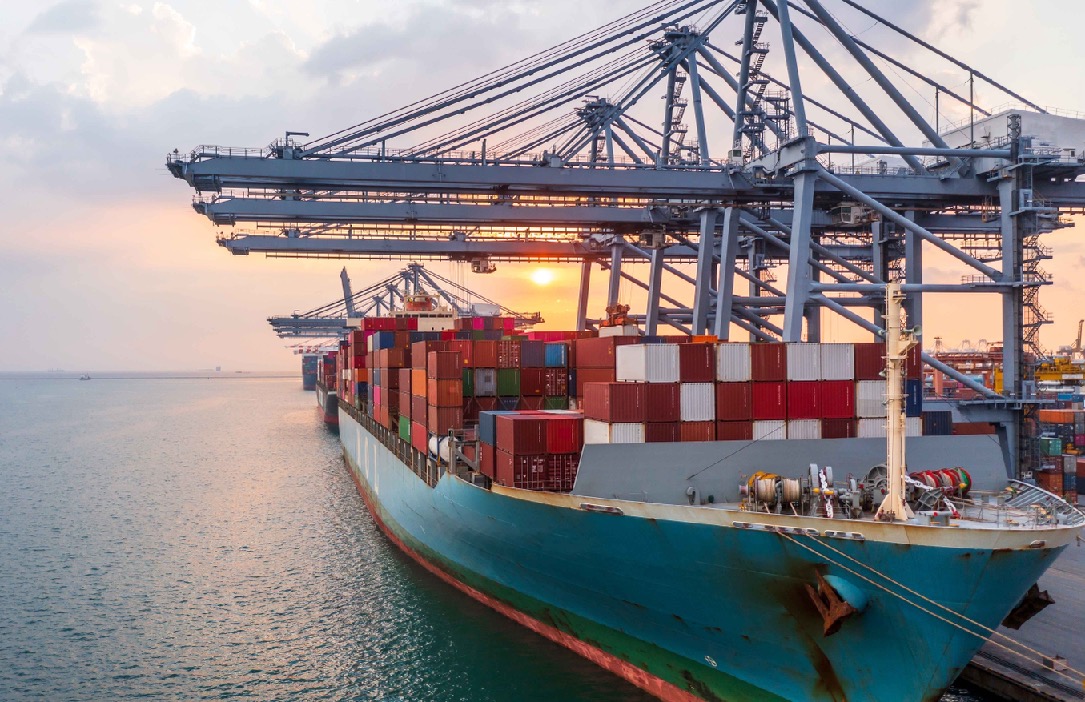


Uluslararası taşımacılıkta ambalaj standartları, ürünlerin güvenli ve etkili bir şekilde taşınmasını sağlamak için önemlidir. Bu standartlar, ürünlerin zarar görmesini önlemek ve nakliye sürecindeki riskleri en aza indirmek için geliştirilmiştir. Uluslararası palet standartları paletlerin daha güvenli, daha verimli ve daha uygun maliyetli bir şekilde taşınmasını sağlar.
Uluslararası taşımacılıkta ambalaj standartları, ürünlerin güvenli bir şekilde taşınması ve hasar görmesinin önlenmesi için belirlenmiş çeşitli kuralları içerir. Bazı önemli ambalaj standartları şöyle listelenebilir:
ISPM 15: Uluslararası Bitki Koruma Sözleşmesi (International Plant Protection Convention) kapsamında, tahta ambalaj malzemeleri için belirlenmiş bir standarttır.
UN 4G/4H: Tehlikeli madde taşımacılığı için ambalaj standartlarıdır. Bu standartlar, tehlikeli maddelerin taşınması sırasında çevreye ve insan sağlığına zarar verme risklerini minimuma indirmek için tasarlanmıştır.
ASTM D3951: Bu standart, ürünlerin yükleme, boşaltma ve taşıma sırasında zarar görmesini önlemek için gerekli işlemleri belirler.
EPAL: EPAL uluslararası taşımacılıkta kullanılan paletlerin boyut ve kalite bakımından olması gereken standardını belirler.
Her ülkenin kendi standartları olsa da uluslararası taşımacılıkta ortak bir paydada buluşulan standartlar da vardır. Uluslararası taşımacılıkta ambalaj standartlarının özellikleri şöyle listelenebilir:
Dayanıklılık: Ambalaj malzemeleri, ürünlerin nakliye sırasında zarar görmesini önlemek için yeterince dayanıklı olmalıdır.
Koruma: Ambalaj, ürünlerin zarar görmesine karşı koruma sağlamalıdır. Özellikle kırılgan veya hassas ürünler için özel ambalaj gerekebilir.
Hijyen: Ambalaj malzemeleri, ürünlerin hijyenik koşullarda taşınmasını sağlamalıdır.
İşaretlemeler: Ambalajlar, nakliye sürecinde ürünlerin tanımlanmasını ve işlenmesini kolaylaştırmak için uygun işaretlemeler içermelidir.
Çevre Dostu: Ambalaj malzemeleri, çevreye duyarlı olmalı ve çevre kirliliğine neden olmamalıdır.
Amerika ve Avrupa palet standartları birbirinden farklılık gösterir. İşte bu iki bölgedeki palet standartları hakkında bazı temel bilgiler şunlardır:
Her iki bölgede de farklı palet boyutları ve özellikleri bulunur fakat uluslararası ticarette kullanılan paletler, taşıma ve depolama gereksinimlerine uygun olarak tasarlanmış olmalıdır.
Gencer ambalaj olarak EPAL Palet Üretim Lisansına sahibiz ve uluslararası standartlara sahip ürünleri tüm dünyaya ulaştırıyoruz. Siz de uluslararası standartlarda ambalaj ürünleri teklifi almak için tıklayın.